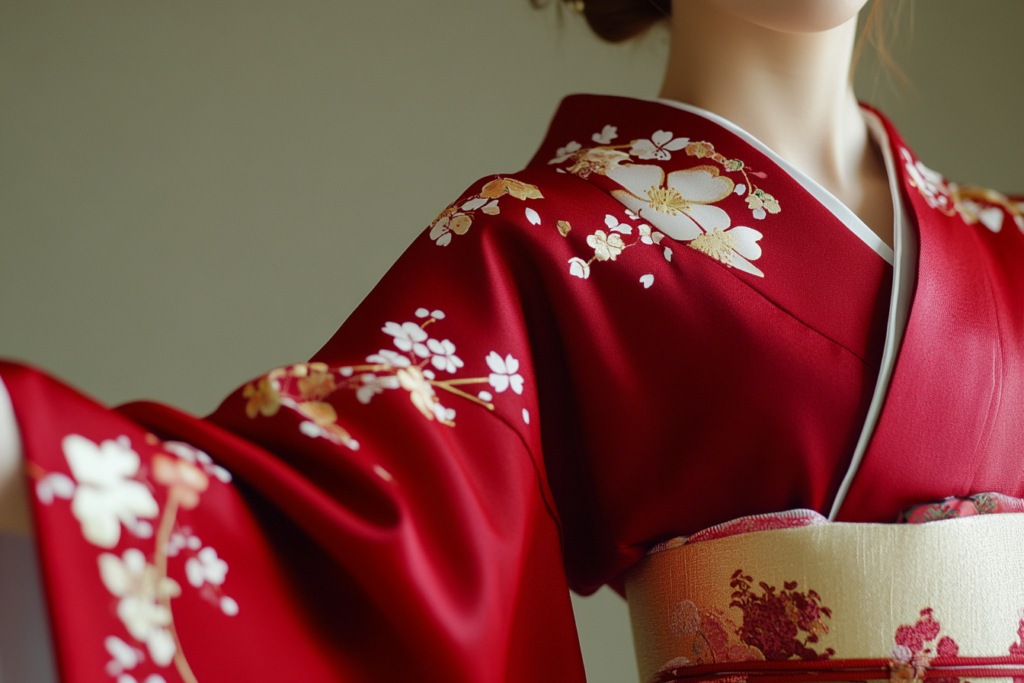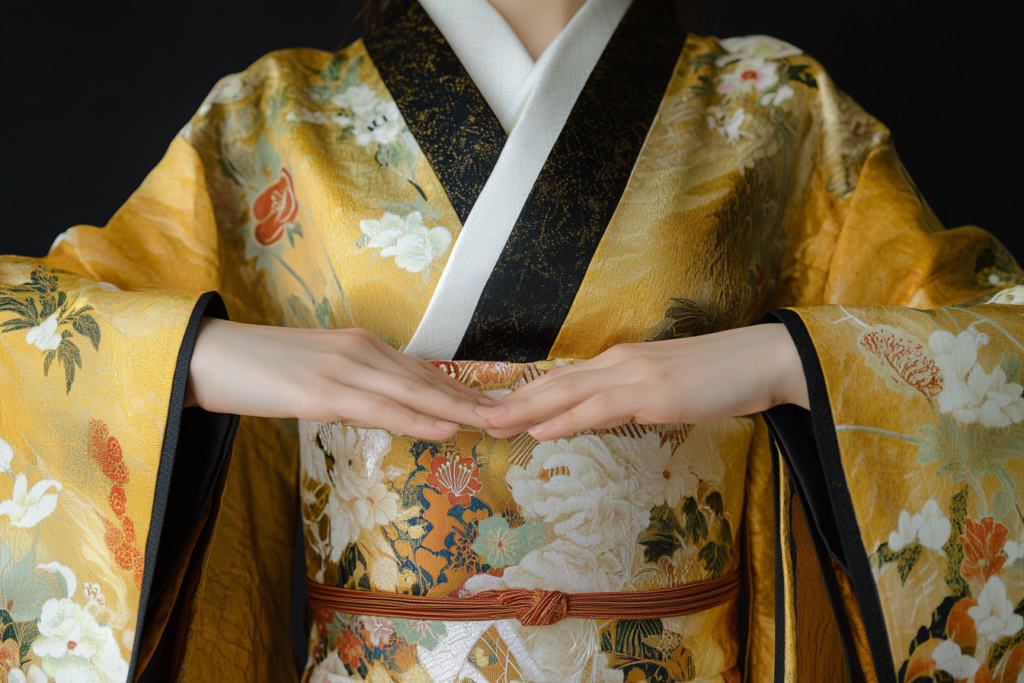Kimono Sleeves (Continuous Sleeves): A Seamless and Flowing Design
Meta Description: Kimono sleeves, also known as continuous sleeves, are cut in one piece with the garment’s body, creating a seamless look with underarm seams. Learn about their features and styling.
What Are Kimono Sleeves (Continuous Sleeves)?
Kimono sleeves, also referred to as continuous sleeves, are sleeves that are cut in one piece with the body of the garment, rather than being attached separately. This seamless sleeve design provides a loose, comfortable fit, often seen in traditional Japanese kimonos, modern blouses, dresses, and coats.
Unlike set-in sleeves, kimono sleeves have a natural drape, making them ideal for flowy, elegant silhouettes.


Key Features of Kimono Sleeves
✔ Cut as One Piece with the Body – No separate sleeve attachment.
✔ Underarm Seam Construction – Creates a relaxed, draped shape.
✔ Loose & Flowing Fit – Allows for ease of movement.
✔ Common in Traditional & Contemporary Fashion – Used in kimonos, dresses, blouses, and outerwear.
✔ Often Seen in Soft, Draping Fabrics – Enhances fluidity and elegance.
The History of Kimono Sleeves
1. Traditional Japanese Kimono (Ancient Origins – Present)
- The kimono, Japan’s national garment, features wide, long kimono sleeves, often extending past the wrists.
- These sleeves allow for graceful movement and layering, with variations like furisode (long-sleeved kimono) and kosode (shorter sleeves).
2. 20th Century Western Fashion Influence
- Kimono-style coats, blouses, and dresses emerged in the 1920s and 1930s, inspired by Japanese aesthetics.
- The 1950s and 1960s saw a rise in kimono sleeve dresses, often with a structured or flowing look.
3. Modern Fashion & Kimono Sleeves Today
- Today, kimono sleeves are seen in bohemian, minimalist, and high-fashion designs.
- Designers use soft, draping fabrics to highlight the natural elegance of this sleeve style.
Kimono Sleeves vs. Other Sleeve Styles
| Feature | Kimono Sleeves | Raglan Sleeves | Dolman Sleeves | Set-in Sleeves |
|---|---|---|---|---|
| Attachment | Cut with the body | Attached with diagonal seams | Extra-wide armhole, cut with body | Sewn separately into the armhole |
| Fit | Loose and flowing | Relaxed but structured | Draped, often oversized | Structured, tailored |
| Best For | Elegant, traditional, and bohemian styles | Sporty and casual wear | Oversized, dramatic looks | Formal, fitted garments |
Kimono sleeves offer graceful movement and comfort, making them perfect for both casual and dressy outfits.
Where Are Kimono Sleeves Used?
📌 Traditional Japanese Kimonos – The original inspiration for this seamless sleeve design.
📌 Flowing Dresses & Gowns – Adds elegance and movement to formalwear.
📌 Casual Blouses & Tops – Creates a relaxed, stylish fit.
📌 Bohemian & Minimalist Fashion – Often seen in loose, flowy styles.
📌 Statement Outerwear – Used in kimono-style coats and robes.
How to Style Kimono Sleeve Garments
🖤 For an Elegant Look → Pair a kimono-sleeve maxi dress with heels and statement jewelry.
🖤 For Casual Chic → Wear a kimono-sleeve blouse with high-waisted jeans and sandals.
🖤 For a Layered Look → Style a kimono-style jacket over a fitted outfit for contrast.
🖤 For Boho Vibes → Opt for flowy fabrics like linen or silk and accessorize with a wide belt.
Why Choose Kimono Sleeves?
✔ Comfortable & Non-Restrictive – Perfect for ease of movement.
✔ Timeless & Elegant – Inspired by traditional Japanese fashion.
✔ Versatile for Many Styles – Works for formalwear, casual looks, and bohemian fashion.
✔ Creates a Soft, Flowing Silhouette – Enhances draping and fluidity in garments.
Conclusion: The Effortless Beauty of Kimono Sleeves
Kimono sleeves are a timeless design element that blends traditional elegance with modern fashion. Whether in classic Japanese kimonos, contemporary blouses, or structured coats, this seamless sleeve style adds grace, comfort, and versatility to any wardrobe.
From runway looks to everyday outfits, the kimono sleeve remains a fashion staple, offering effortless sophistication and movement.



